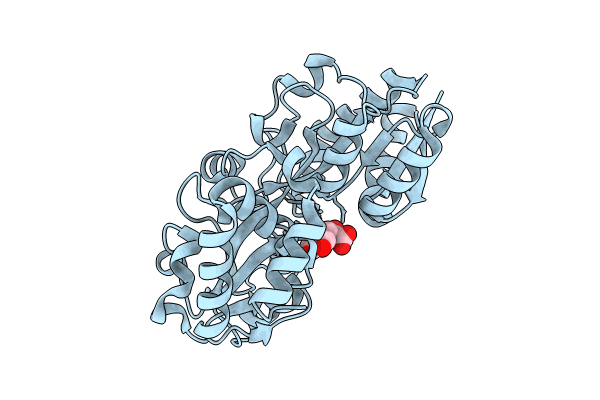
Deposition Date
2023-04-20
Release Date
2024-01-10
Last Version Date
2024-02-07
Entry Detail
PDB ID:
8J4H
Keywords:
Title:
X-ray structure of a ferric ion-binding protein A (FbpA) from Vibrio metschnikovii in complex with Danshensu (DSS)
Biological Source:
Source Organism:
Vibrio metschnikovii (Taxon ID: 28172)
Host Organism:
Method Details:
Experimental Method:
Resolution:
2.01 Å
R-Value Free:
0.20
R-Value Work:
0.15
R-Value Observed:
0.16
Space Group:
P 63 2 2


